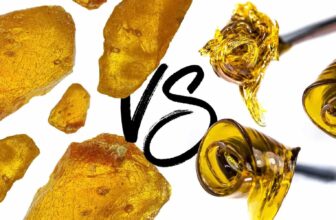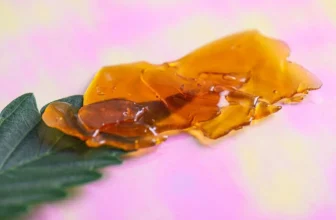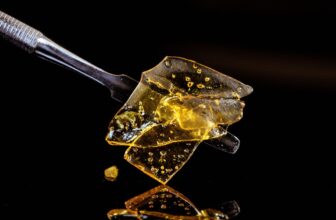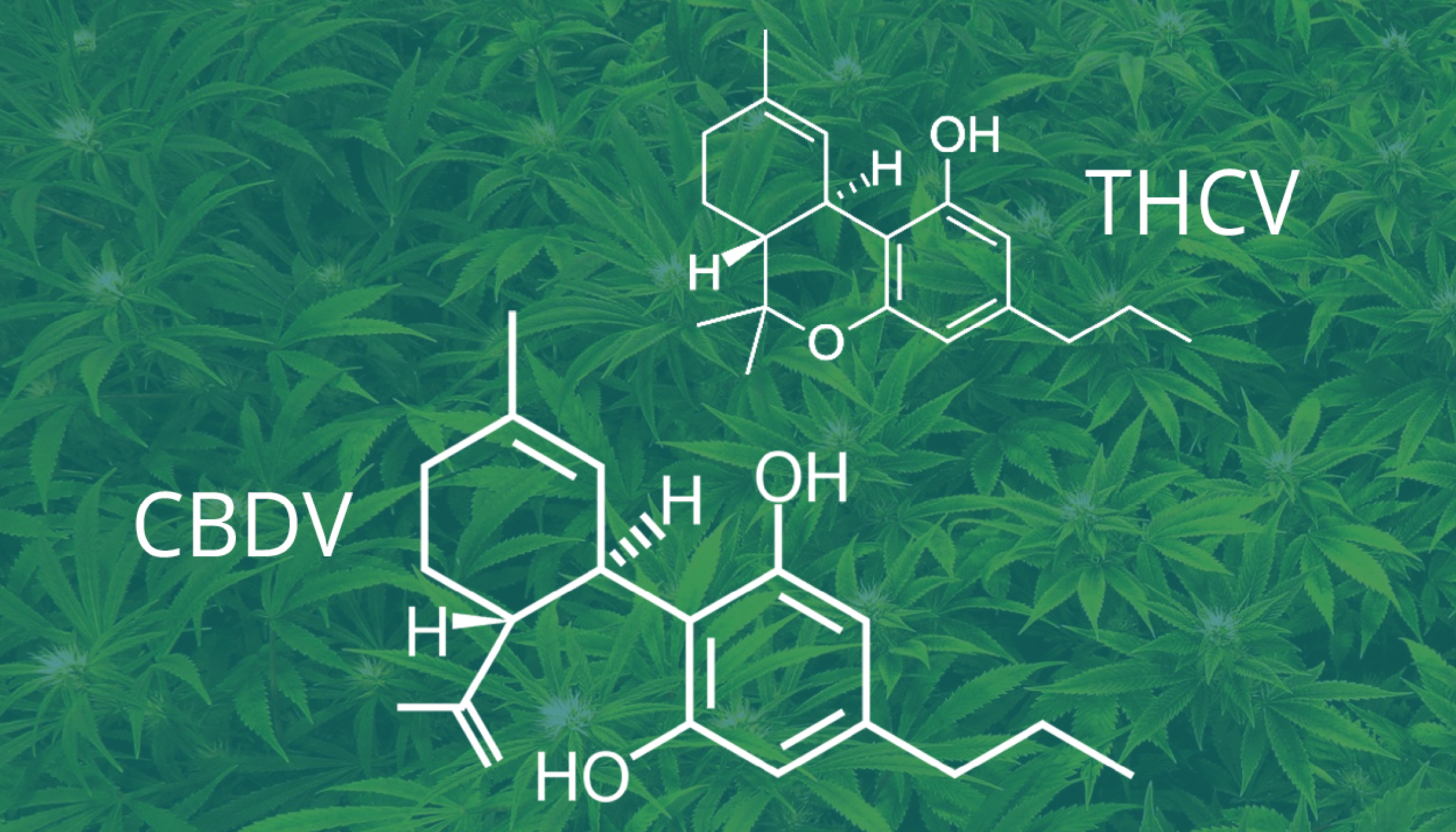
Cannabis has more than one hundred fifty identified cannabinoids. A cannabinoid is any class of chemical compounds that are active in the body when it comes into contact with THC or CBD. For all its worth, research has shown that these two distinct compounds have some important differences, which authorities originally mistook for similarities. It’s not just people interested in cannabis that has felt this impact, though, but also scientists and researchers looking to study the plant.
The most well-known compound found within cannabis is tetrahydrocannabinol (THC). This psychoactive ingredient produces the high many recreational users seek out when smoking weed. However, cannabidiol (CBD doesn’t produce these effects, instead producing the opposite effect. CBD is said to have many medicinal benefits and no known side effects. These differences in properties led scientists to look at cannabinoids as a possible treatment for illnesses and diseases.
The marijuana plant can produce different cannabinoids depending on environmental factors such as temperature, humidity, and light intensity. This means that two cannabis plants grown from the same strain could equally show different cannabinoid contents while sharing similar physical characteristics. In addition to this, there are three further types of compounds found within cannabis: THCV, CBDV, and CBGV, which appear naturally in very small quantities under normal growing conditions or through intentional growing techniques.
Table of Contents
What is CBDV?
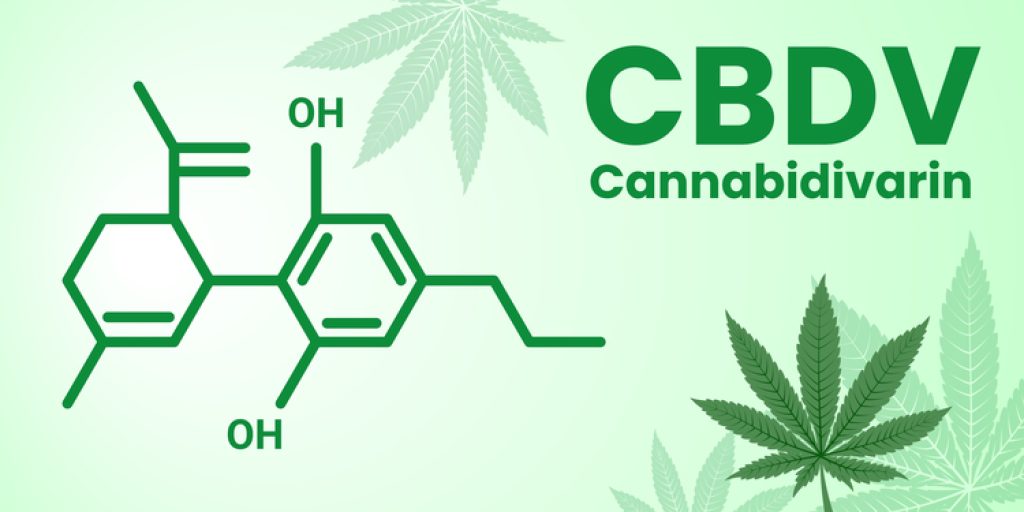
Source: canatura.com
Cannabidiol-varieties (or CBDV) is a rare cannabinoid that has unique properties, like THCV. This is because it can be derived from the Cannabigerolic acid (CBGA), which then forms Cannabigerovarinic acid (CBGVA) and finally becomes tetrahydrocannabivarin carboxylic acid (THCVA). However, even in strains high in CBDV, it is unlikely to show up in higher concentrations than 4%.
Unlike THC and CBD, though, there appear to be no psychoactive effects at all associated with this compound. This means any medicinal benefits found through testing would not require users to suffer any negative feelings associated with being intoxicated. In addition, CBDV can stimulate bone growth in tests on mice. THCV also has some similar properties, like reducing tremors and slowing the progression of diabetes.
CBD is one of over sixty compounds found in cannabis that belong to a class of molecules called cannabinoids. Of these compounds, THC is psychoactive, whereas CBD is not. It was first discovered in 1940 and initially thought not to be pharmaceutically active. However, it’s now known that CBD interacts with cannabinoid receptors found throughout the body, including the brain, nervous system & immune system – so far, at least! There seems no doubt it has medicinal benefits, but there remains much debate over how significant they are what conditions it can help.
What is THCV?
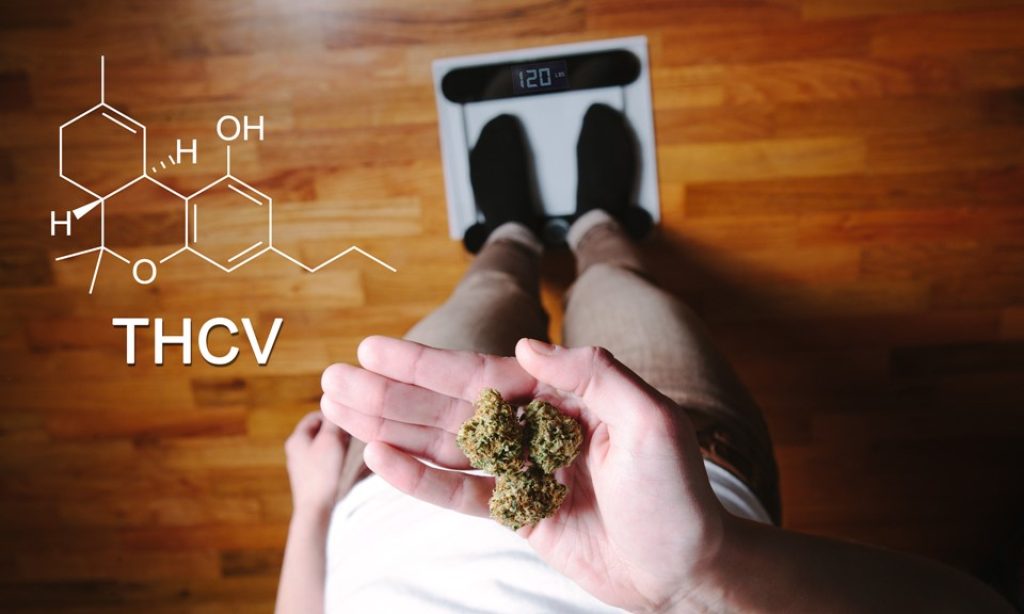
Source: leafly.com
Tetrahydrocannabivarin (THCV) is one of several cannabinoids present in cannabis. It differs from THC only by replacing the pentyl side chain with a propyl side chain. Such modifications are known to confer differences in inactivity. For instance, the substitution of alkyl groups increases lipophilicity and bioavailability, while acylation can increase selectivity for cannabinoid receptors.
These propyl cannabinoids are found naturally in most strains of cannabis, including fiber hemp, which is used to make rope & cloth. The highest levels have been reported in samples from south India, but they were still less than 1% dry weight. Although it’s psychoactive, THCV appears to have differing effects on mood compared with THC. It produces an uplifting, energizing & mildly psychedelic high that is less likely to result in anxiety or paranoia.
What is the Relationship between CBDV and THCV?
Cannabis plants have different cannabinoid contents depending on environmental factors such as temperature, humidity, and light intensity. This means that two cannabis plants grown from the same strain could equally show different cannabinoid contents while sharing similar physical characteristics.
To date, there is no direct evidence showing THCV is biosynthesized directly from CBDVA, but it’s likely given THCVA is known to be present in some strains of hemp that also contain high levels of CBDVA. It’s thought this compound is produced via the biosynthesis of cannabigerovarin acid (CBGVA) by combining geranyl pyrophosphate with Olivetolic acid via Olivetolic acid cyclase (OAC). Tetrahydrocannabinolic acid (THCA) is then produced by decarboxylation of CBGVA. This means the precursors for THCV synthesis are CBDVA and OAC (or THCA).
This suggests that when bred together, male plants that can’t produce THCV might still pass on the male gene through their pollen onto female plants. It’s also possible these cannabinoid-propyl cannabinoids could be produced via further biosynthetic steps, including oxidation or rearrangement though this has yet to be demonstrated. As such, it’s currently unknown if cannabis plants contain THCV as a truly natural product; however, it’s likely given that some strains naturally produce both THCA & CBGVA.
CBDV or THCV – Which should you take?
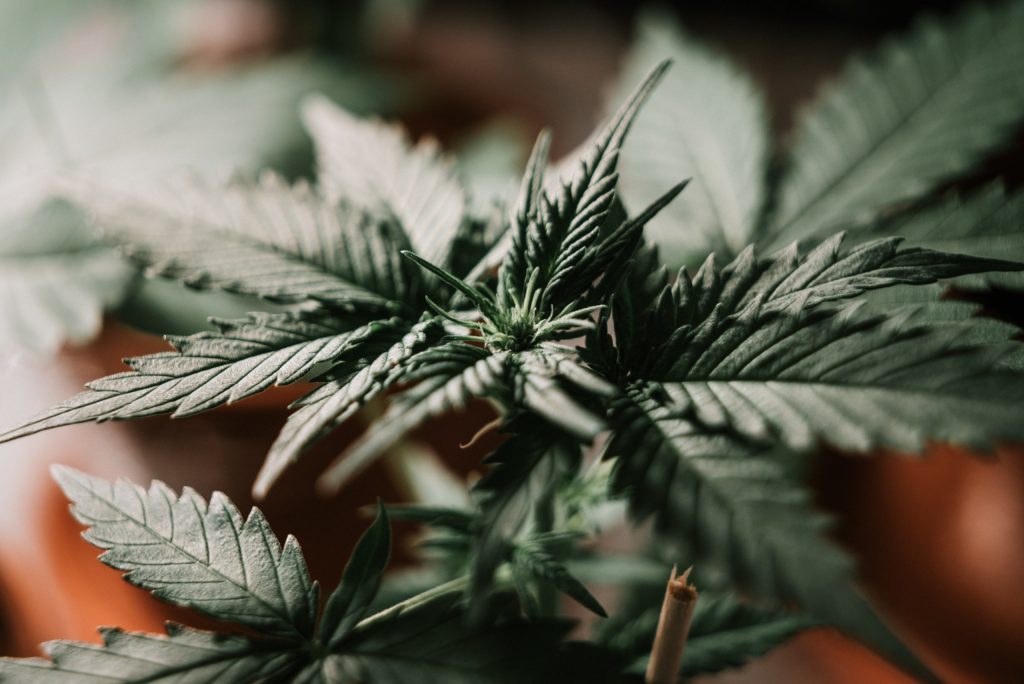
Source: woodiesuk.com
It’s still unclear exactly what conditions might be best treated by CBDV or THCV & the endocannabinoid system is so complex it could be years before this knowledge becomes clear. While CBDV seems to produce anti-panic effects, THCV has reduced tremors. It also appears to elevate mood, suggesting it may not be suitable for everyone. You can also learn more by clicking here.
However, at least one person has reported excellent results treating their social anxiety with pure THCV though an oral tincture of both THCA & CBGVA was used, which would have provided a good amount of THCVA. Given the psychoactivity of THCVA, together with its ability to promote bone growth, there’s very little evidence suggesting THCVA is not a good candidate for future cannabinoid-based medicine.
CBGVA might be the best compound to treat epilepsy since it appears to do this in mice. However, there’s no indication of its safety or dosage in humans which means we shouldn’t try and treat ourselves with cannabis derivatives until this becomes clear. Without proper knowledge on CBDV & THCV pharmacology, it would be irresponsible to self-medicate anyway, even if you did get hold of some high CBD hemp oil (which contains small amounts of these cannabinoids)
Conclusion
CBDV and THCV are propyl cannabinoids found in cannabis plants, most notably hemp, used for rope & cloth. They appear to have differing effects on mood compared with THC, but there is no indication of their safety or dosage in humans. They may be produced naturally within the plant itself though this has yet to be confirmed. Without proper knowledge on CBDV & THCV pharmacology, it would be irresponsible to self-medicate anyway, even if you did get hold of some high CBD hemp oil (which contains small amounts of these cannabinoids).




